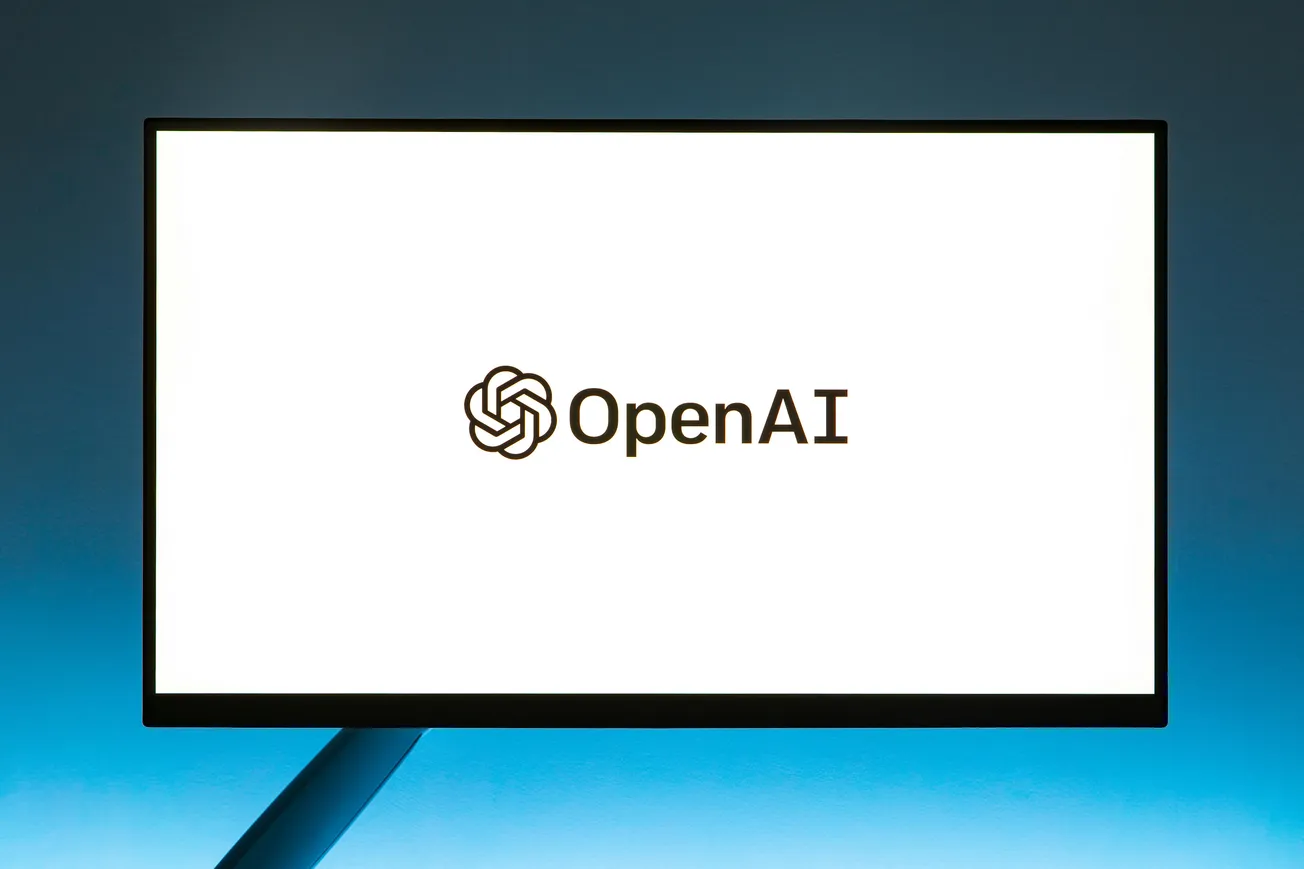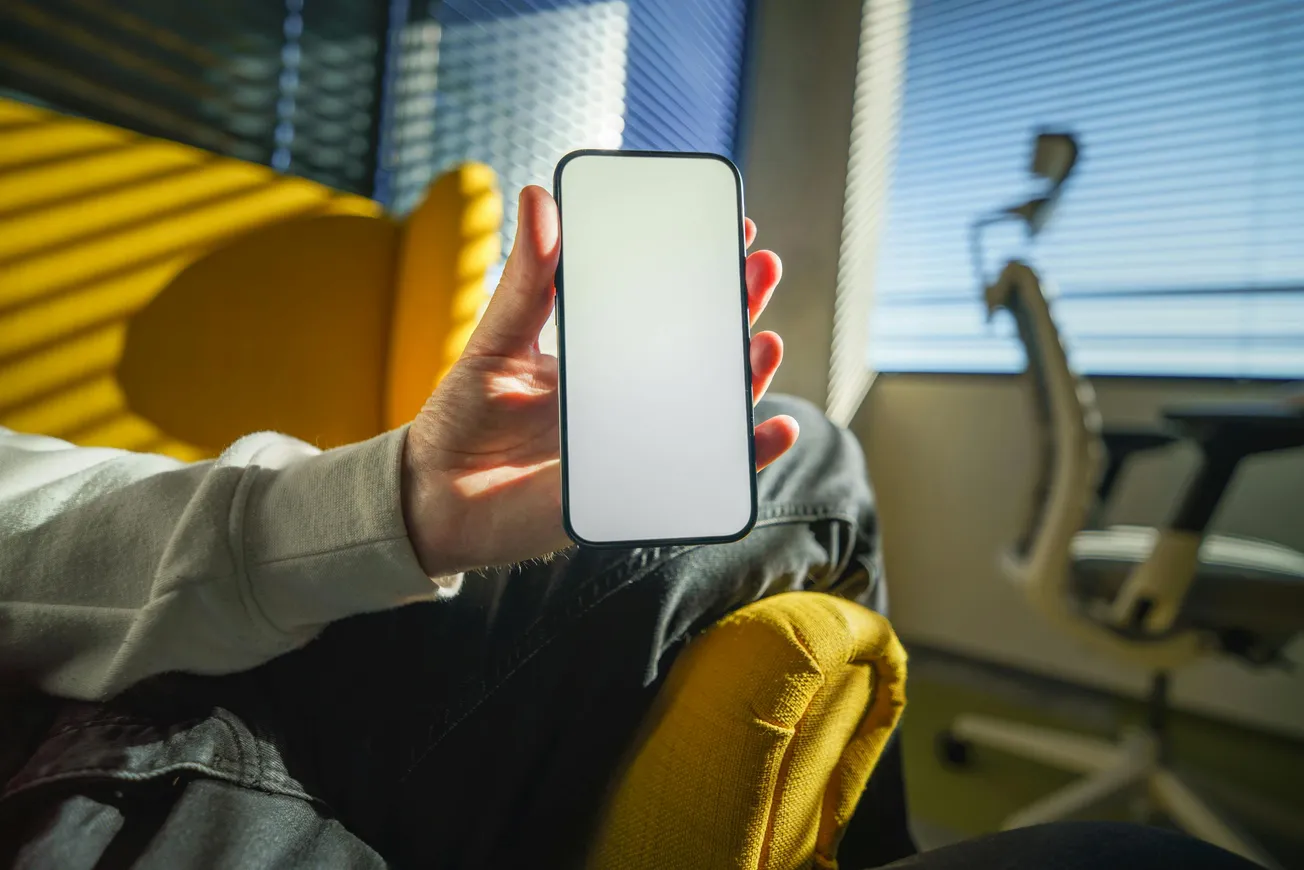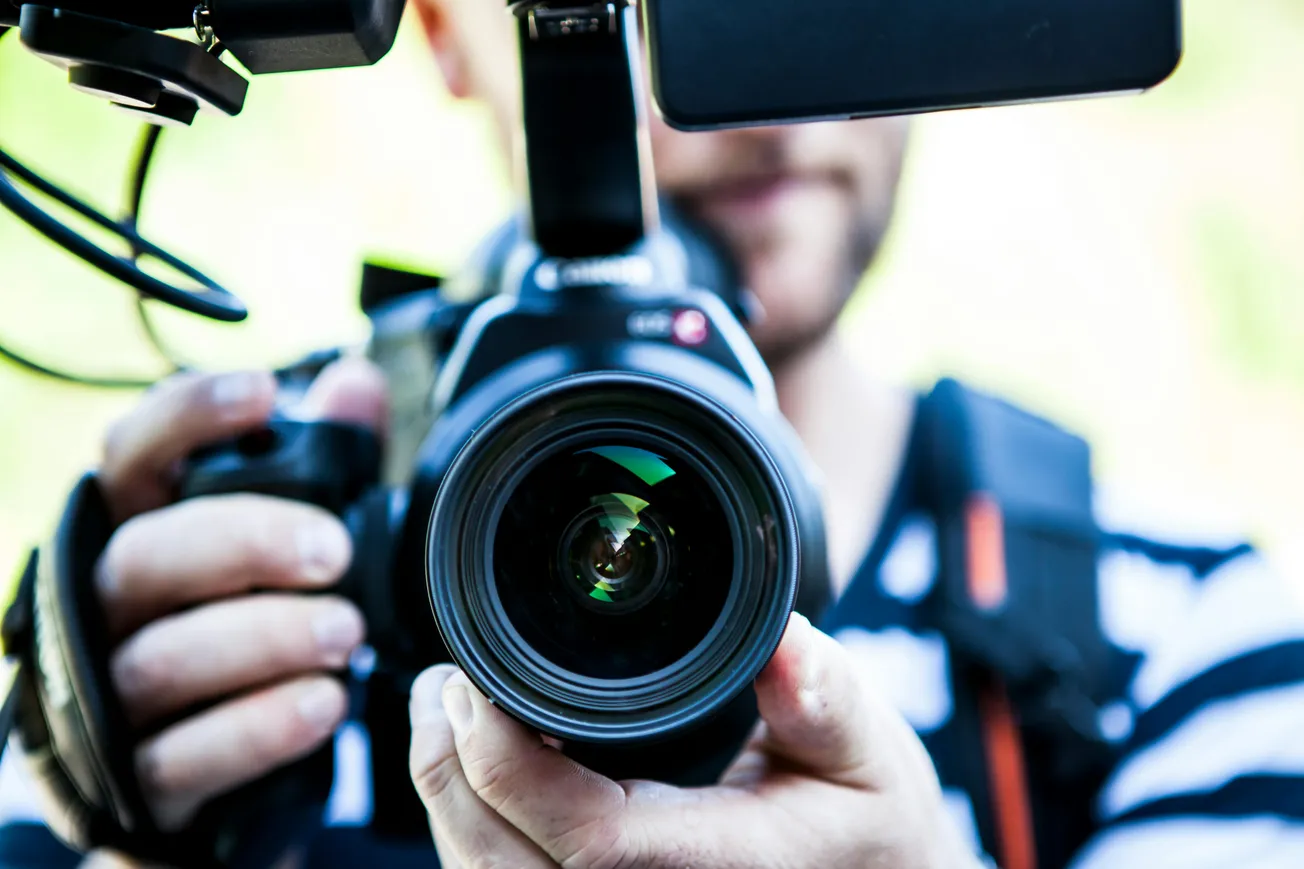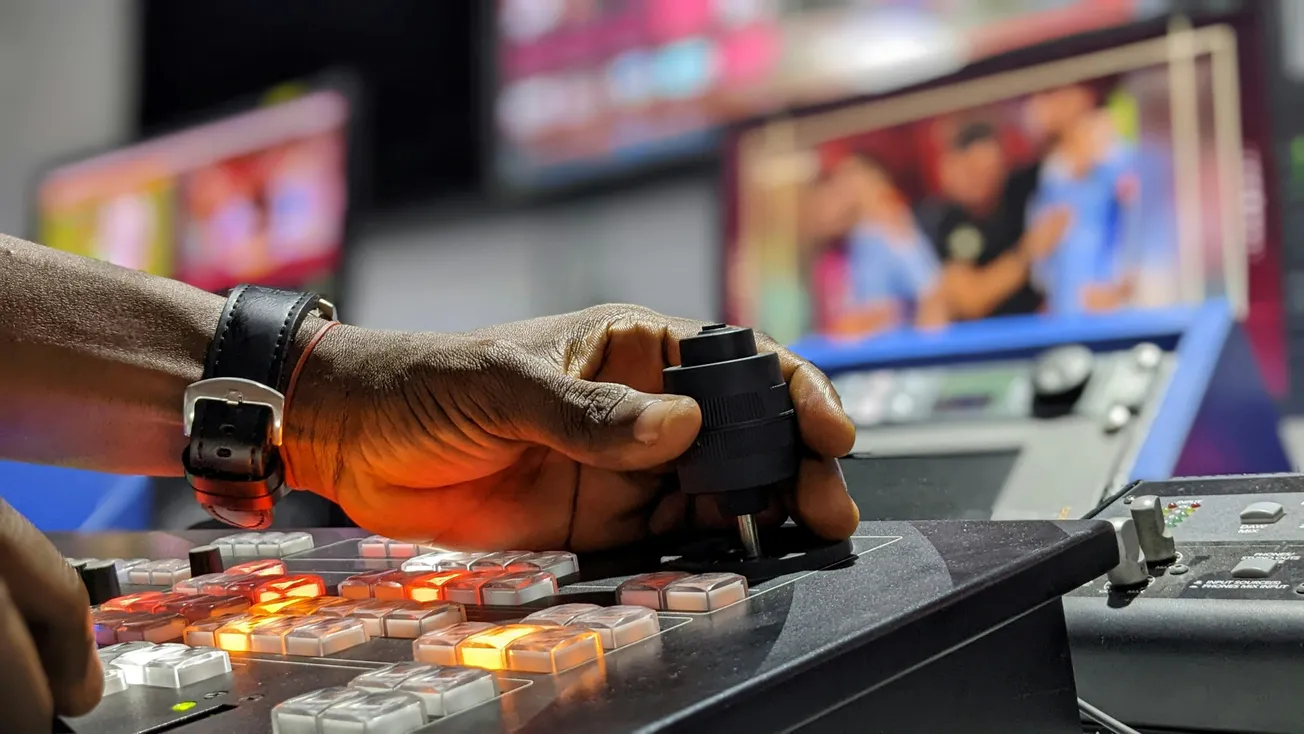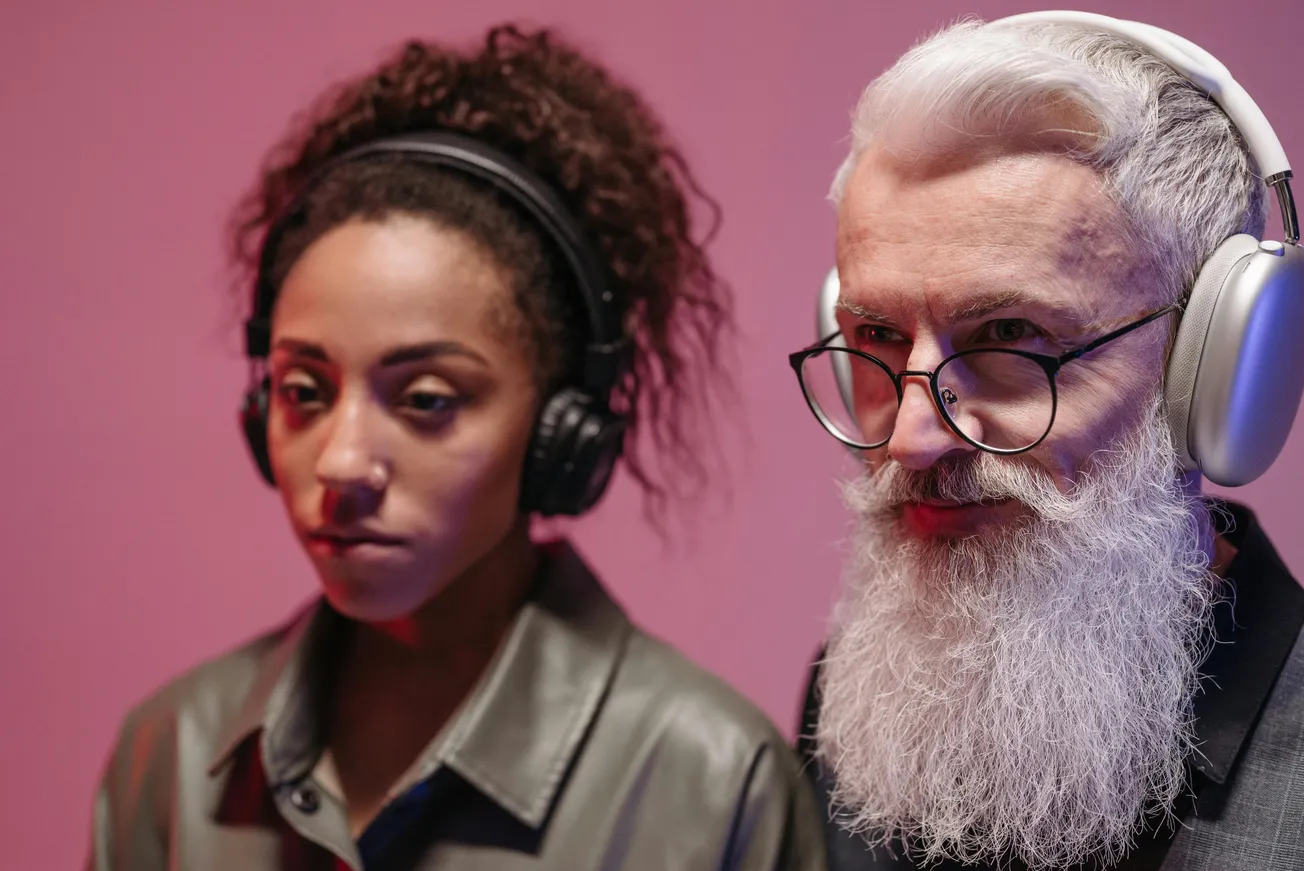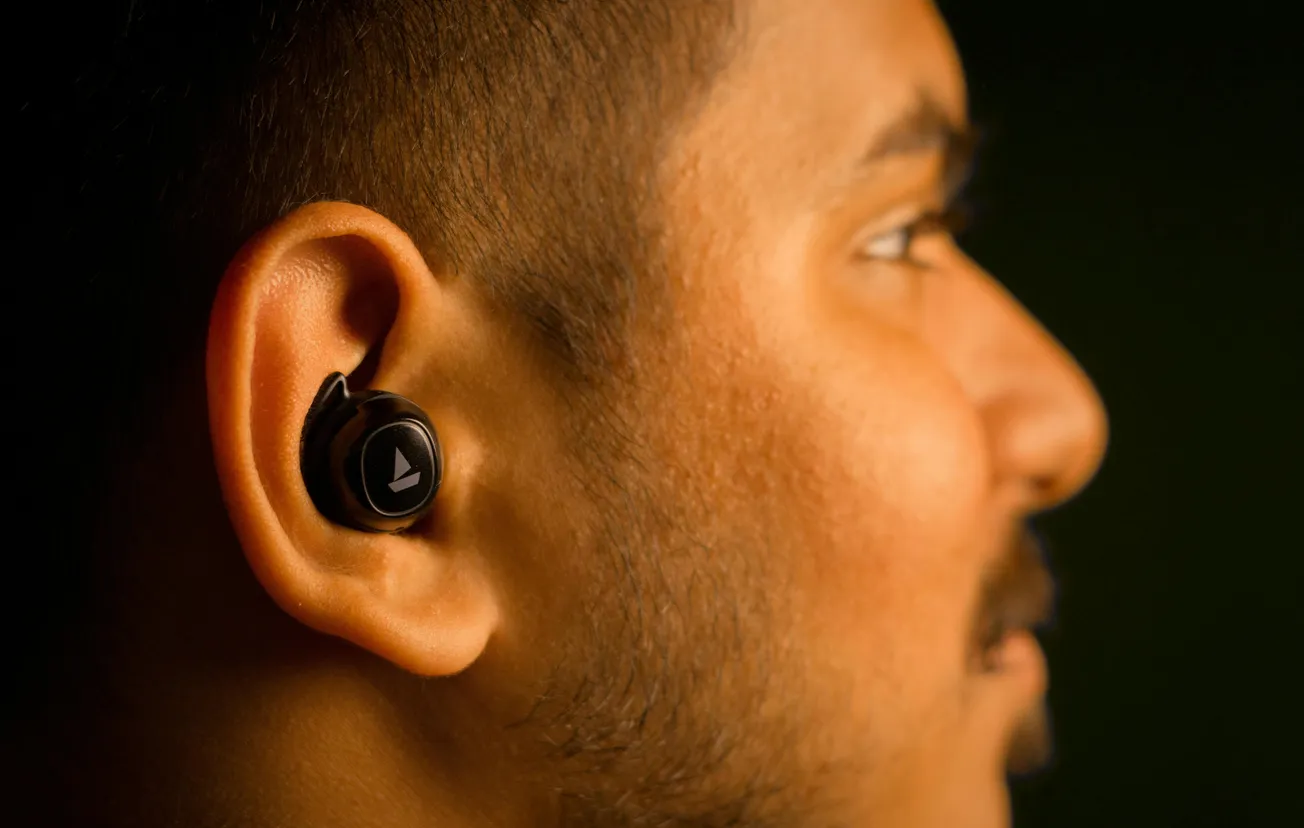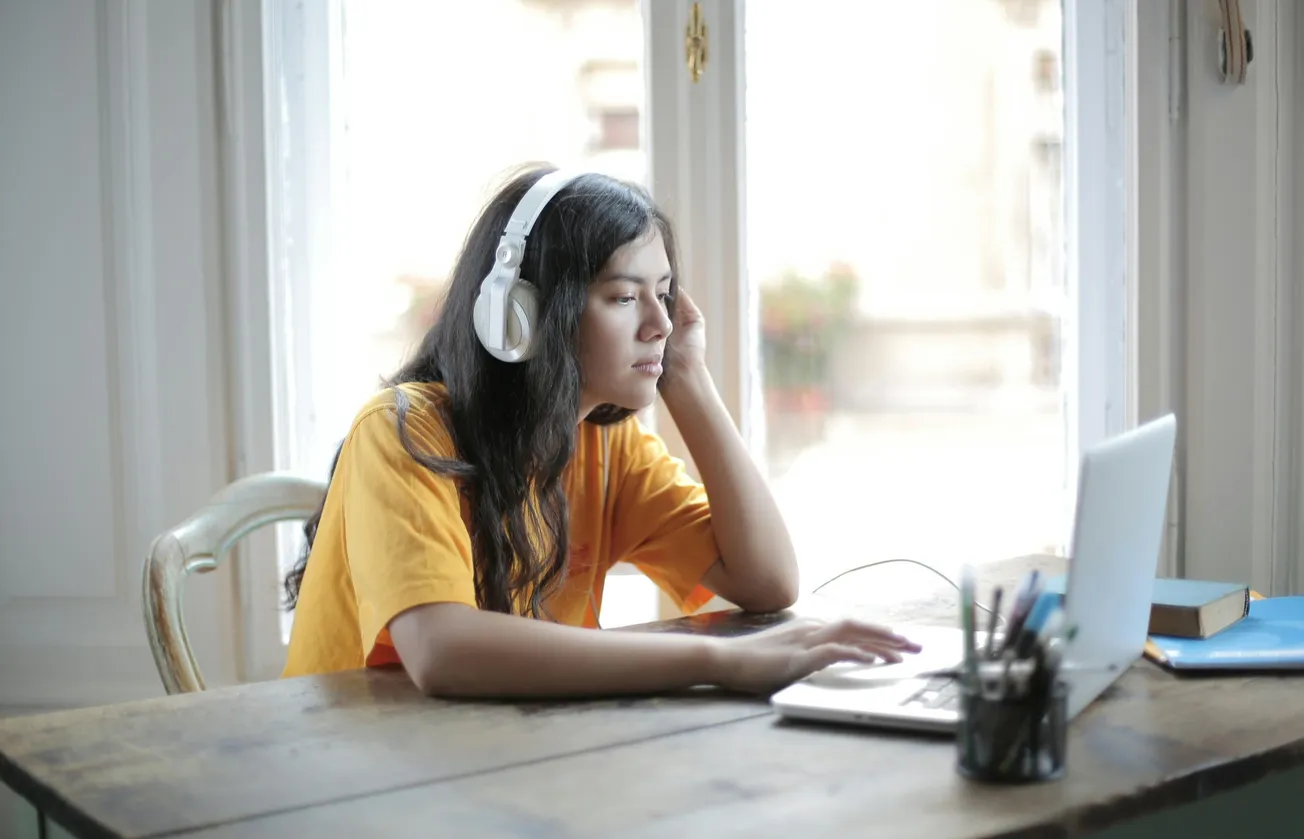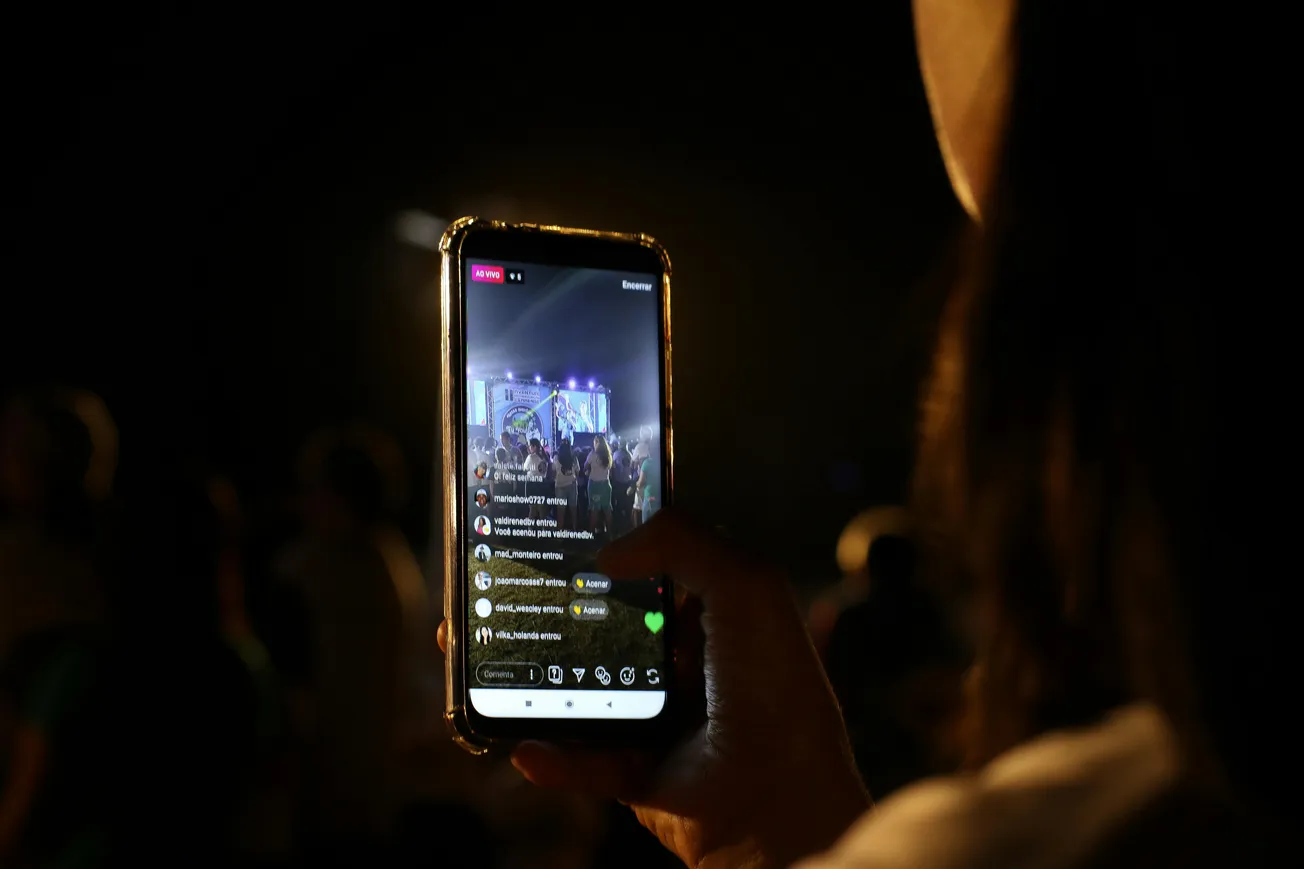OpenAI’s Sora has rapidly become one of the most talked-about AI video apps, surpassing 1 million downloads within days of its release.
What sets it apart is its blend of generative video and social feed dynamics: users type prompts, and Sora creates short video clips—with built-in sharing, “cameo” insertion (putting yourself into the scene), and feed-based consumption.
The current version, Sora 2, offers more expressive visuals and deeper prompt understanding, allowing creators to nudge story direction or layer in secondary motion.
As it evolves, Sora could become a new kind of TikTok meets video‑studio hybrid—where even small creators can generate eye-catching, personalized video content without cameras or shoots.
Still, the tool invites questions: How much control should creators yield to AI?
What about visual consistency across episodes or brand style? And what happens to originality when so many videos stem from prompt models? Early adopters are leaning toward using Sora output as a foundation—overlaying text, voiceovers, or motion graphics to preserve uniqueness.
For podcasters or audio-first creators, Sora also suggests a future where episodes themselves might spin off engaging video promos or recap clips at a tap—no video shoot required. If you’re exploring new ways to expand your content formats, Sora is worth testing now while the field is still wide open.


